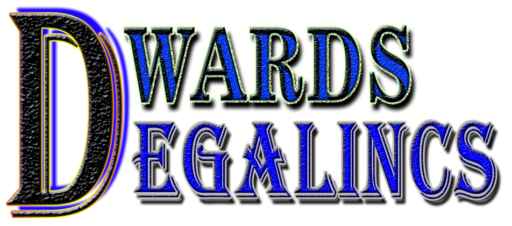In today’s fast-paced business landscape, effective communication is crucial for organizations to succeed. Clear and efficient communication improves collaboration, strengthens relationships, and enhances productivity. To address the diverse communication challenges faced by businesses, various solutions and tools have emerged. In this article, we will explore a range of business communication solutions that empower organizations to streamline their communication processes and achieve better outcomes.
Unified Communication Platforms
Unified communication platforms integrate multiple communication channels, such as voice, video, messaging, and collaboration tools, into a single unified interface. These platforms provide seamless connectivity and enable real-time communication and collaboration among team members, regardless of their location. Examples of unified communication platforms include Microsoft Teams, Slack, and Zoom. Such platforms enhance efficiency, simplify communication workflows, and foster effective collaboration within organizations.
Virtual Meeting Solutions
Virtual meeting solutions have become essential for organizations, particularly in the age of remote work and global teams. These solutions facilitate face-to-face interactions through video conferencing, allowing participants to connect and communicate as if they were in the same room. Popular virtual meeting tools include Zoom, Google Meet, and Cisco Webex. Virtual meetings reduce travel costs, increase productivity, and foster engagement by enabling participants to communicate visually and verbally in real-time.
Cloud-Based Communication Systems
Cloud-based communication systems provide organizations with flexible and scalable communication solutions. These systems leverage cloud technology to deliver voice, video, and messaging services over the internet. They eliminate the need for complex infrastructure and allow employees to communicate seamlessly across different devices and locations. Cloud-based communication systems offer features such as voice calling, instant messaging, file sharing, and presence awareness. Examples include RingCentral, 8×8, and Microsoft Teams.
Collaboration Tools and Project Management Software
Collaboration tools and project management software enhance communication and streamline teamwork within organizations. These solutions enable teams to share documents, assign tasks, track progress, and communicate effectively in a centralized digital environment. Examples of popular collaboration tools include Asana, Trello, Monday.com, and Microsoft SharePoint. By providing a structured platform for communication, collaboration tools improve transparency, accountability, and overall team efficiency.
Customer Relationship Management (CRM) Systems
CRM systems are designed to manage customer interactions and improve communication with clients and prospects. These systems consolidate customer data, track communication history, and enable personalized communication across various channels. CRM platforms, such as Salesforce, HubSpot, and Zoho CRM, facilitate effective customer communication, enhance sales and marketing efforts, and foster long-term customer relationships.
Internal Communication Platforms
Internal communication platforms focus on improving communication within an organization. These platforms centralize internal messaging, document sharing, and company-wide announcements. They provide a dedicated space for employees to connect, collaborate, and stay informed. Examples of internal communication platforms include Slack, Microsoft Teams, and Workplace by Facebook. Internal communication platforms foster transparency, engagement, and alignment within teams and across departments.
Mobile Communication Apps
Mobile communication apps enable real-time communication and collaboration on smartphones and tablets. These apps allow employees to stay connected and access communication tools on the go. Examples include WhatsApp, Slack, and Microsoft Teams. Mobile communication apps enhance flexibility, facilitate quick decision-making, and ensure constant connectivity among team members, even when they are away from their desks.
Effective business communication is a critical factor for organizational success. The range of business communication solutions available today empowers organizations to overcome communication challenges, improve collaboration, and achieve better outcomes. Whether through unified communication platforms, virtual meeting solutions, cloud-based communication systems, collaboration tools, CRM systems, internal communication platforms, or mobile communication apps, businesses have a plethora of options to optimize their communication processes. By embracing these solutions, organizations can streamline their communication workflows, foster effective collaboration, and create a culture of open and efficient communication that drives success in the modern business world.


